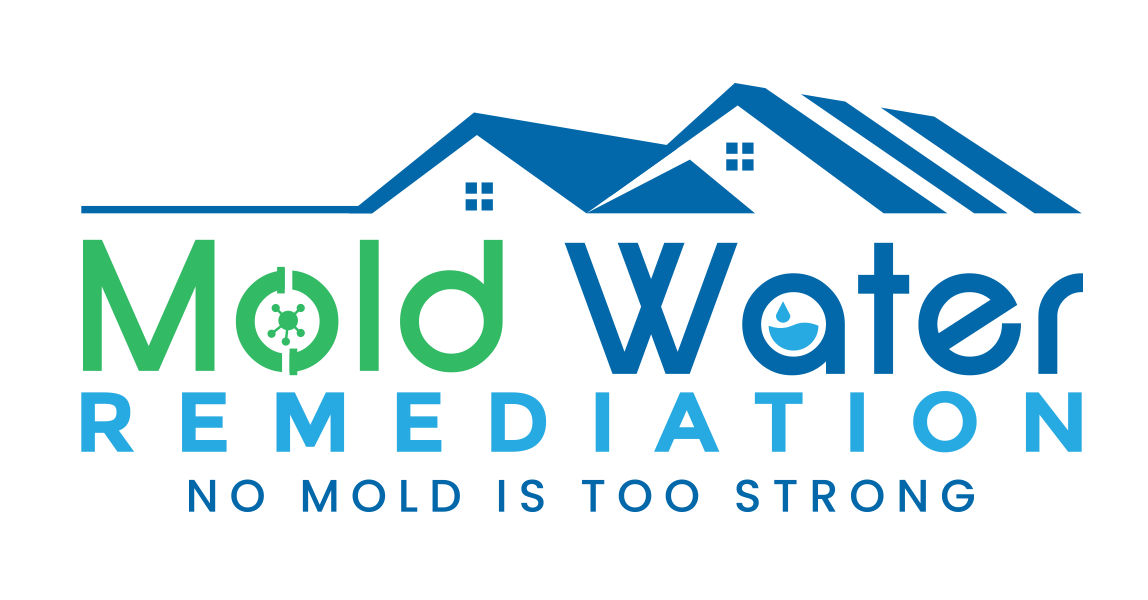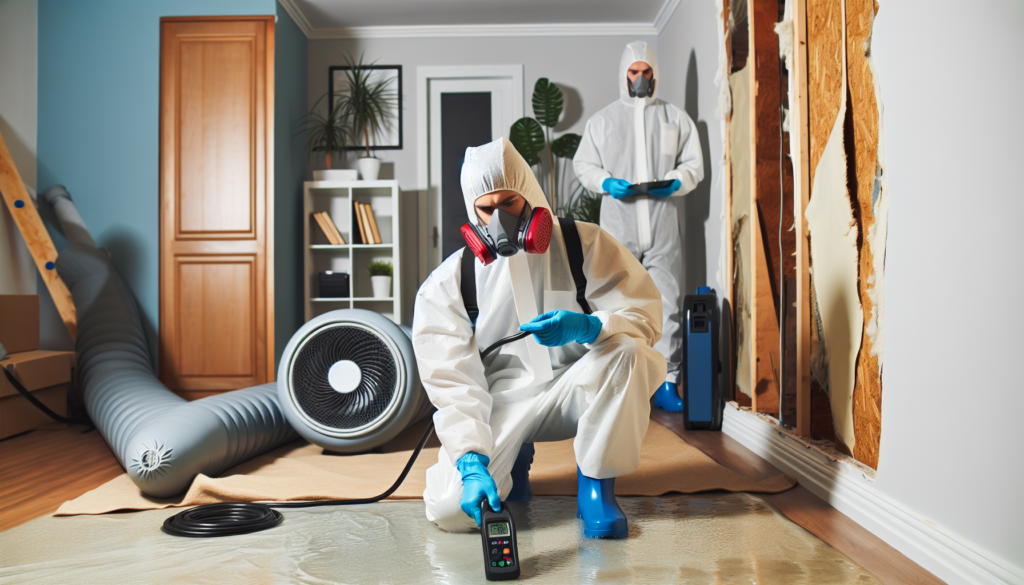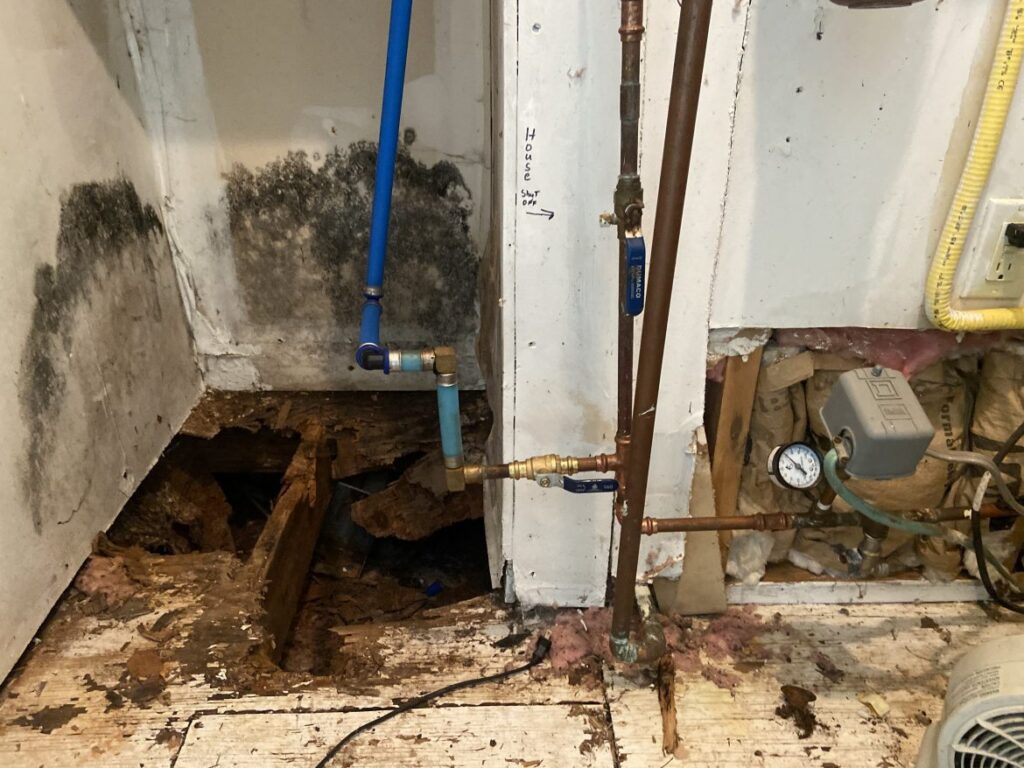
10 types of mold colors commonly found in homes
Molds can be made of any size or shape and can be colored. Although they may be considered to have some identification value, unfortunately they are not. It is important to examine the structure and growth of the mold to find out the cause of the mold, although this method is not readily available in laboratories. Colour does not represent any characteristic of mold or toxicity as one patch may vary in its colour. The color of the molds depends on several factors including the presence of moisture and whether or not the mold is present in your home. If the mold is present it would indicate a moisture problem and it must be removed quickly to fix.
Cladosporium
Cladosporium, another allergen mold, prefers to grow indoors in fabrics like rug and upholstery although the mold appears under a kitchen sink or inside cabinets. This is soft, with shades of green and brown. Cladosporium typically enters homes through clothing or animal products where airborne allergens are high; the spore settling on carpet and furniture then begins to produce. High air temperatures can lead to clodosporium emergence in the home or office. Inhalation of the bacteria causes breathing problems as they may cause sore throat or sinusitis. The spores may be harmful to pets and may cause sneezing and irritating eyes.
Aureobasidium pullulans
The allergen type of mold commonly appears underneath wallpaper if stripped away from walls and grows even beneath wood or painted surfaces. The bacteria called Aureobasidium is known for irritating the skin when touched. As they mature, the fruit starts to appear light pink and grey, but gradually becomes a deeper brown. A touch of Aureobasidium mold or the skin may transmit the irritant, causing infection or irritation. Molds are most commonly seen at the humidest areas such as kitchens and bathrooms, or on porous tiles and grouts. Inhaling these bacteria can cause atypical allergy problems like coughing or watery eyes.
Acremonium
Acremonium describes nearly 100 toxigenic molds whose roots lie in wet condensation lines or hoses. Molds are difficult to diagnose without a test because they appear in a variety of colors. When molds start growing their appearance becomes dried and powdered. Acute acremonium spores can cause headaches, breathing problems, pneumonia, and arthritis and fungal infection, according to a recent study on antimicrobial resistance. If your family is prone to this disease and your family is concerned that your building is contaminated with acremonium, call an experienced mold remediator to diagnose the problem and remove it.
Alternaria
Molds are allergy prone. Where are the bathrooms? Is there any mold in my bathroom/shower? Maybe mould in window bottoms where condensation forms during cold seasons? Apparently they’re Alternaria. These types of allergic moulds are most commonly found in the intestine. The organism is a member of the ascomycete family and grows outdoors in natural environments throughout the world. Alternaria has a potential problem in indoor conditions. It causes allergic reactions and causes hypersensitivity symptoms, including allergies and asthma. This species is capable of infecting people with impaired immunity. 7 / 11 / 10.
Understanding types of molds
Mold can be defined using a wide definition which identifies various organisms that are grown in presence of food and usually require sufficient humidity. Mold is a fungus which grows in various ways. Mold typically comes in three categories These allergies can lead to respiratory problems such as asthma or skin inflammation and cause skin irritation as a result. Mold is an inflammatory organism which causes a person to develop an acute or chronic illness or injury. The mold-toxigen family is most dangerous because it produces its own toxic compounds resulting in health issues that are often lethal.
Stachybotrys (Black mold)
Molds: toxic. What are the areas that are damaged? It is known for having many species of the toxigenic molds stachybotrys. Stachybotrys chartarum or Stachybotrys chlorohalonata is also commonly called black mould. Often these come inside a ventilation system. Both species have a negative influence on the indoor environment and often cause excessive humidity in the atmosphere. Stachybotry may also cause ill building conditions. The molds are so dangerous they need removal from the property only as they are attempting to reduce excess moisture. 2/3 Grzegorz Skakaradek/Alam. Photo.
Mucormycetes
Mucormycetes are often called “filamentous” because the puffiness of their hairs varies between fuzzy white puffs and lighter grayish puffs. The hair varies in length and they turn into dark green. Mucor is a perennial plant and soils and homeowners sometimes keep the spores in their home for summer and autumn. When in an outdoor environment, mould can grow on decaying fruit and vegetables and can also thrive in condensation lines and dripping air conditioning. Mucor is an allergenic mould that can trigger asthma and breathing difficulties, even when exposed.
Serpula
Molds are allergenic. Where they are: wood (but usually not particularly damp) constructions. Serpula lacrymans are rare and feed on mainly wood structures. There may be some mild allergousness, but they are harmless and do not present any serious health hazards in the general vicinity of a home. When your house frame is always dry but crumbling, you can see dry decay on its way. The translation from Latin means “creep” / “serpula” / “making tears” (lacryman) as a way of infecting wood structures without high humidity. 9/12 Andrei Zhigaltsov/Getty Images.
Fusarium
Fusarium needs a warm atmosphere for survival but even at low temperature reaches growth and spreads. The bacteria Fusarium is easily found in any area. Generally the strains are allergenogenic with only hay fever-like symptoms however, some strains may become very harmful and result in a number of health concerns and bleeding. Fusarium can damage gardens and agricultural plants and many modern plants have hybridized to remove Fusarum wilt. Indoor Fusarium prefers to grow in soft textiles like upholstery and carpets and sometimes in a pinkish color.
Mucor
Most allergen (except toxic) Where they came from: water damaged structural components, floor mats and sheets. Approximately 50 species of rapid forming white mold can be found. Almost all are just allergies. The other species, Mucor indicus, is toxin because of a fungal infection called zygomycosis, which causes death of live tissues. Mucors may also cause blood infections in mucormycosis. Mucor grew very quickly if the temperature was higher and occasionally it could grow to about an inch in width. Meccor mudida is a highly widespread animal.
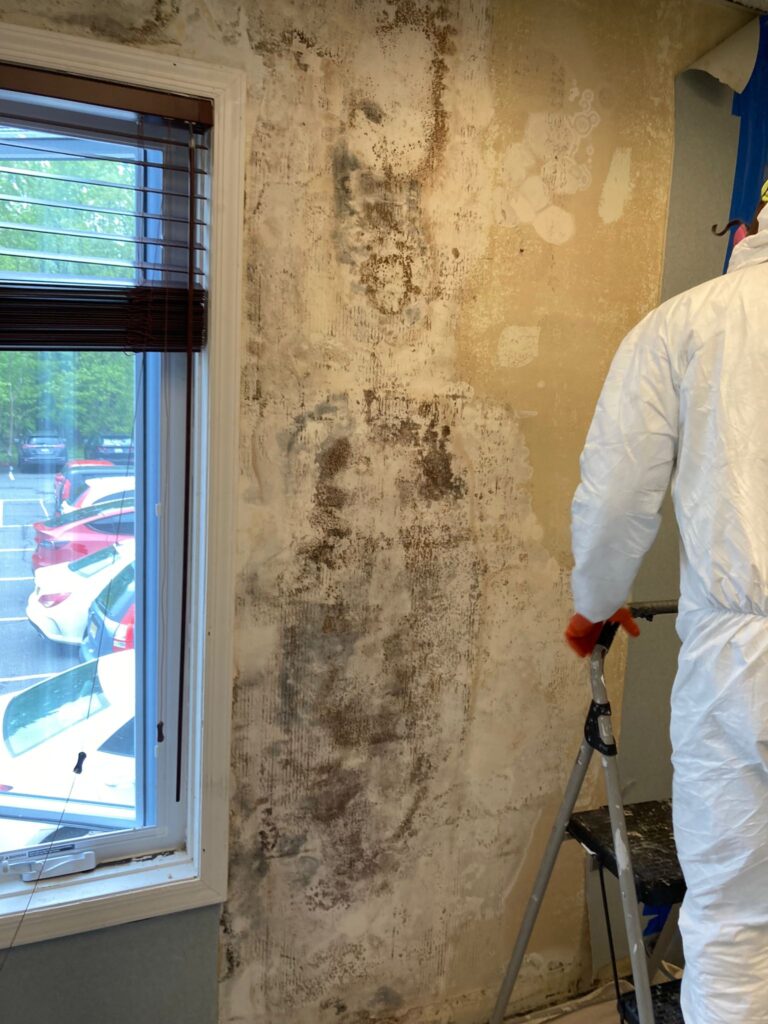
12 common types of mold found in the home
While many species of mushrooms or yeasts are edible, molds are not. It is harmful if ingested and inhaled. Over 100,000 different molds are confined to indoor and outdoors. It grows better in damp and dark areas and attics, basements and bathrooms are homes to numerous types of undesirable fungus.
Aspergillus
Mold types: pathogens. It is found in air conditioners and HVAC equipment, particularly in water-contaminated buildings. Although a number of Aspergillus species are non-toxic, they cause allergy and asthma. Other examples from Aspergillus are toxic which cause toxic aflotoxins which cause tumors. Aspergillus fumigatus is found throughout the atmosphere and is considered to be pathogenic. The virus can be fatal to patients if they have a damaged immune system. As pergillus has also included one species useful to human use in the mold family.
Penicillium
Molds: allergy-prone. Where they came. Any place where moisture was present. Although this mould known as the Penicillium notatum is the first source that provides life-saving antibiotics, it is not recommended for any house to contain any Penicillium. The genus has numerous types, bluish green and smooth. It is viewed as a fungus that causes allergy symptoms. Airborne spores move quickly, which may result in respiratory irritation. The mold grows when moisture conditions increase as well as other mold types. 12/ 11 /
Trichoderma
Molds: toxigenic. Location: Damper soils. Mold families are found throughout the world on soils. This mold can be found in almost every species, and “Trichoderma longibrachiatum” is among the commonest of them. This plant can grow in any house where sufficient moisture and organic material exists. Trichoderma is a toxigenic mold as a mycotoxic agent. Certain Trichoderma strains are used to treat plant infections with antifungal drugs. 4 / 11 : McMicrobe / The Associated Press/
Chaetomium
Typically this allergenic or pathogenic mold develops after floods or flooding. Because it thrives on both light and moisture, the Chaetommium spore grows often within walls and may be visible before the mould spreads outside of walls. At that time, mold often invaded large portions of walls. Inhaled chaetomium spores can cause typical allergy reactions, including dry eye and sneeze. When a flood has happened, you need to dry your property immediately.
Types of Toxic Mold
Do molds exist? It’s ok that everything is awful. In a variety of decades of professional mold testing services, the mold industry is dominated by thousands of molds. Find out what dangerous products to protect your health and safety. Molds have many forms, many are more damaging than others. If we knew which mould species were dangerous, we should reduce our exposures. Our team is constantly speaking with homeowners who don’t know how to control mold.
Stachybotrys
A toxic mould that thrives in wet weather and is most probably found on wood, cellulose and drywall, and on some cellulose-based materials. This starts out with tiny white spots which grow bigger and spread out. The Stachybotrys mold causes many physical and mental issues including headaches, unexplained bruising, respiratory problems and fatigue. This also causes bleeding from baby’s lung.
Ulocladium
Ulocladium can also be found in flooding or water damage. Although some molds are pathogenic some can become allergic. The black mould may appear along with other mold species like stichybotry. It seems like the two moulds are the same. Ulocladium must always get enough water for life and if materials that grow wet the mold may die. Spores can remain dormant but thrive in moisture.
Even if you haven’t spotted it yet, mold is probably in your home right now. Read on to learn which species are most prevalent, where they grow, and when you have a problem
It’s impossible to keep mold from entering your home due to its prevalence. Mold spores spread inside clothing, bags or even animals in the air. They can enter houses through damaged glass and roofs in the basement. Once invisible spores are settled in a damp surface they are able to reproduce in 24-48 hours. CDC reports 46% of homes analyzed had visible mould growth.
If you have mold, determine what type of mold it is and then you can make a plan to get rid of it
Each product is independently selected, although we may earn compensation for your purchase of the product via these links. Ratings and rates are correct and the products are available as of the date of publication. 1 / 10. Andrei Poporov/Schutterstock.
Dangers of mold
Mold is dangerous for your health and your home. The dangers differ according to the individual’s level. Some are sensitive and some have not even experienced a problem. Mold causes many of these symptoms.
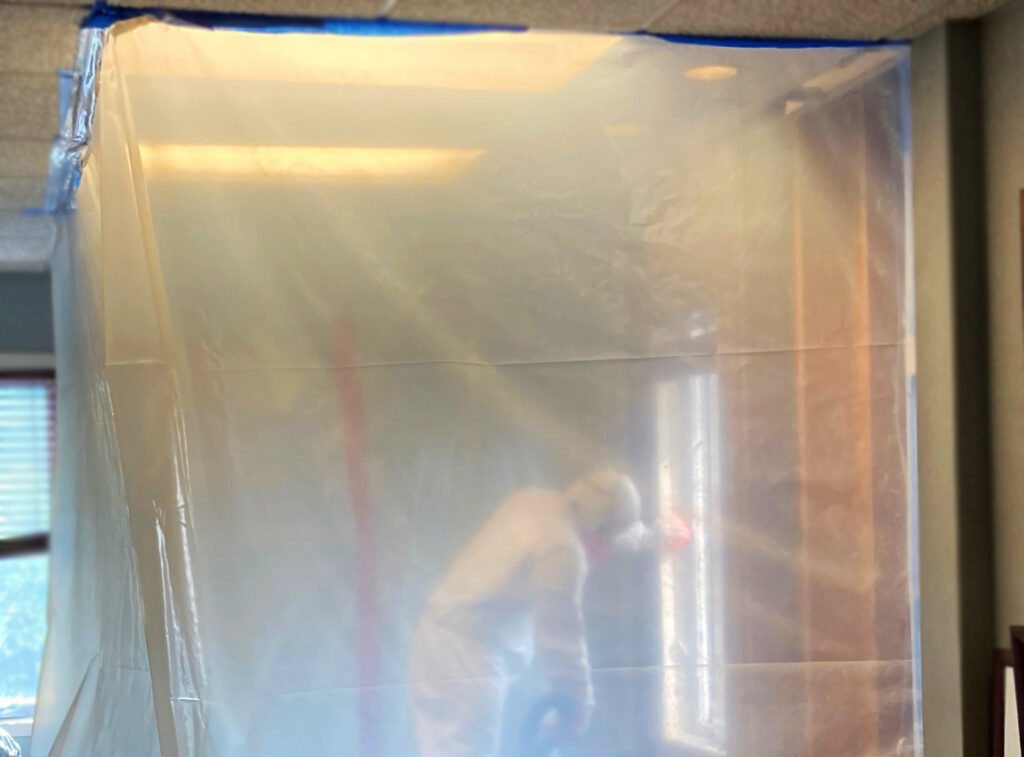
How to remove mold?
The mold problem can be solved using many methods. When attempting to kill the fungus, make sure you have gloves to protect the spores against infection by applying the mask.
Hydrogen peroxide solution
Hydrogen peroxide kills molds and is less harmful than bleach. Use 3-10 percent of concentrated hydrogen peroxide for spraying. This method is used in kitchen appliances, toilets, floors & walls.
Distilled white vinegar solution
Pour vinegar in the mold. Set for an hour before washing up your area. For particularly tough moulds white vinegar can often mix well with baking soda.
Hire an expert
The best professional can handle toxic mold that causes severe health risks. Find mold experts who have the necessary equipment to remove these spores.
Bleach solution
Mold can be eliminated through bleaching. Add 4 cups of water to 1 cup of bleach in a spray jar. Spray solution in place with a brush.
Types of Molds
Molds are dangerous for a variety of reasons: they are different. It consists of three main types of mould
Aureobasidium
Its colours range from menacing black to soft creams to pinks. This mold can be found in bathroom and kitchen areas growing under tiles, caulking, or grouting. To reduce Aureobasidium spread you need to do the right housekeeping. Use gloves and masks to prevent infection of your skin.
How to prevent mold in your home?
Mold is a frequent problem at home. Luckily we have some prevention techniques to stop this fungus.
Ventilate water prone areas
Make sure that your water is kept clean at all times. Exhaust fan venting outside will be recommended in bathrooms, kitchens and washrooms. The fan must turn on whenever one uses water for long periods, especially when one is taking the bath.
Fix any leaks
Another way water enters your property is through leaking roofs and window or pipes. Although the dripping may not be obvious, the water is able to absorb the moisture necessary to develop molds. Fix this leak immediately.
Control the humidity
Mold grows when there’s humidity in your home. Keep your humidity at a minimum level. Assist in keeping humidity below 60 percent. It may also be controlled with air conditioning or humidifiers.
Clean up after flooding
It is important to clean and dry the area within 72 hours. When most of the water has been absorbed you should wipe the entire surface with a damp cloth before using a fan to dry.
